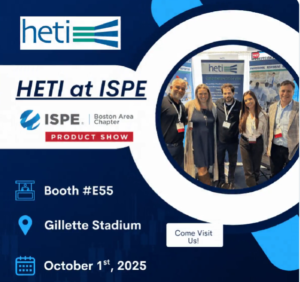
HETI was honored to attend the Ronald McDonald House Gala at Cipriani Wall Street last evening. The work this wonderful group does, providing support, comfort and hope to families of ill children is truly inspiring. A huge thank you to all the honorees for all you do.







